Roundabouts can be safer than traditional intersections and can shorten travel times for both drivers and pedestrians.
As motorists move through the roundabout in the same direction, the chance of a potential head-on collision is greatly reduced. In fact, roundabouts have been shown to reduce the number of fatal and severe injury crashes by 75 percent to 90 percent compared to a stop-controlled intersection or a signalized intersection, according to the Federal Highway Administration.
Furthermore, motorists must slow down when using a roundabout, helping to make the road safer.
Roundabouts also keep traffic moving, as opposed to intersections, which force drivers and pedestrians to wait at stoplights or to wait at stop signs for vehicles to cross.
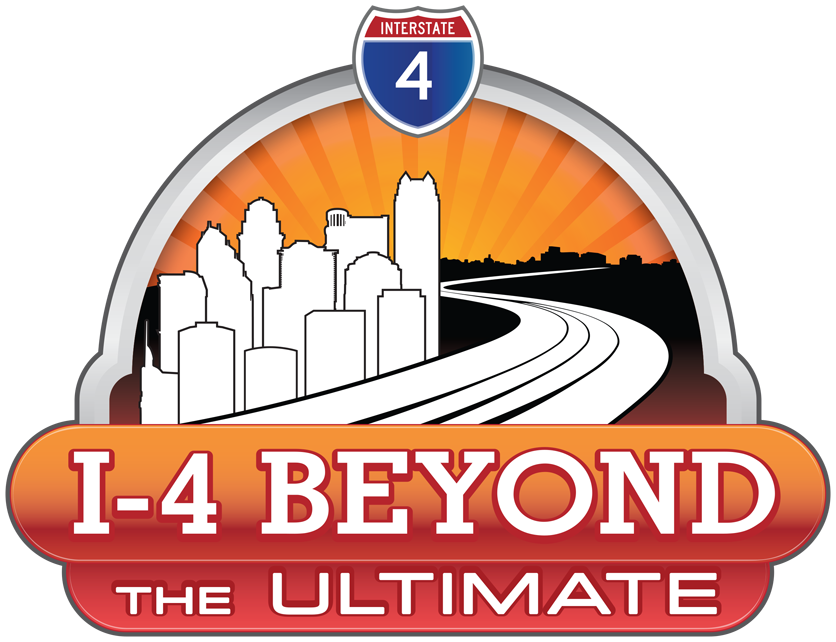

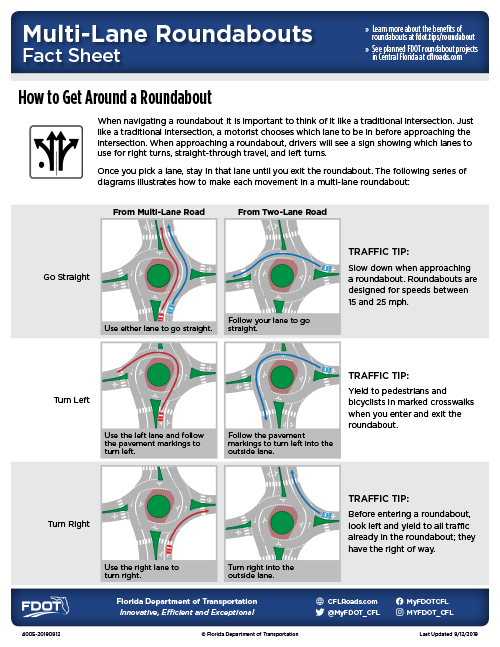
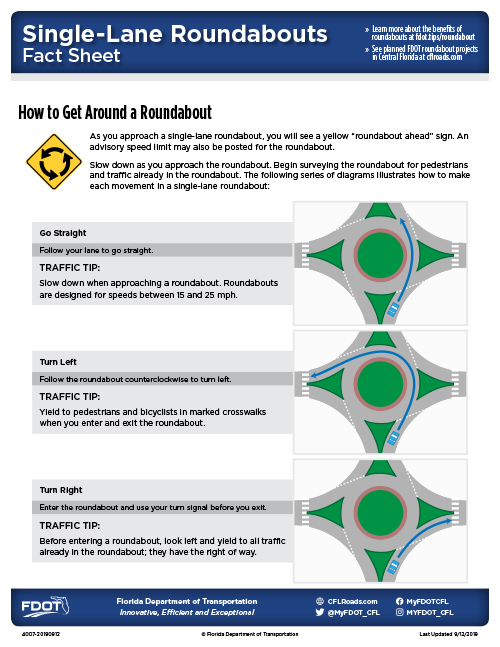
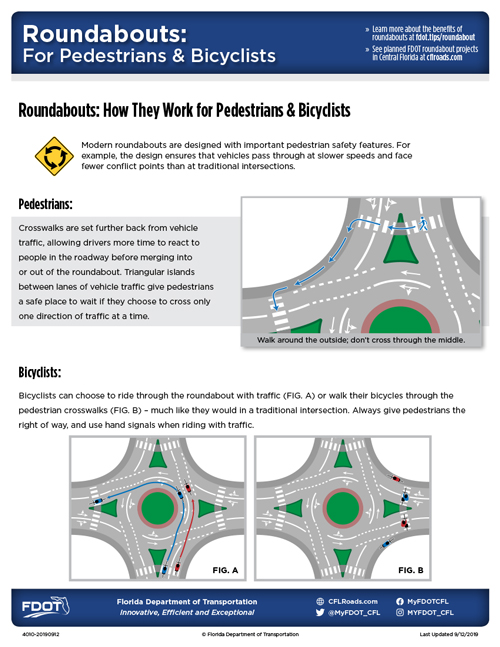
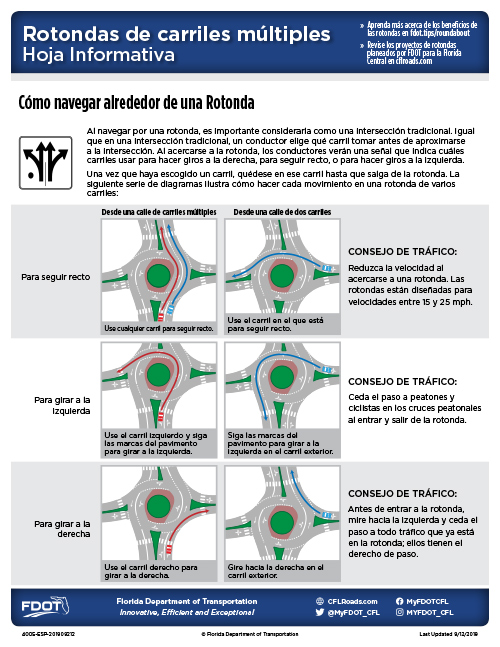
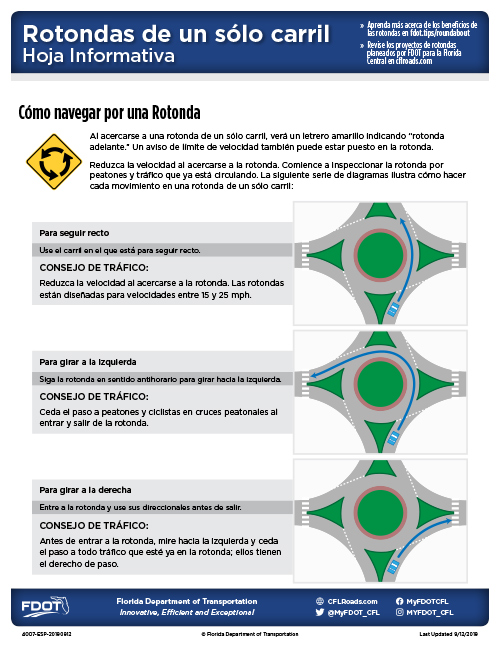
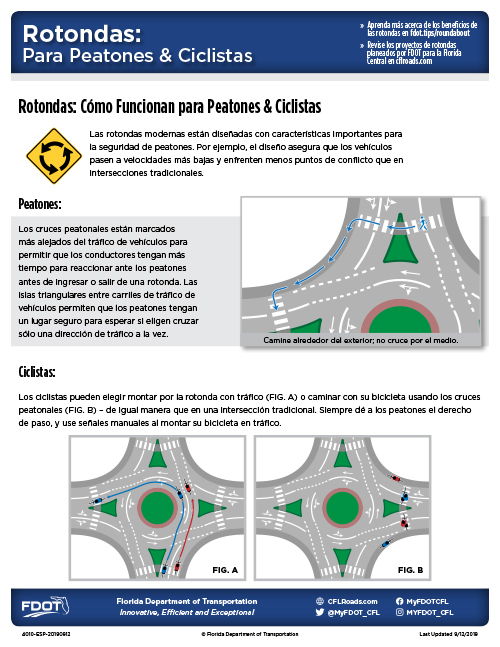


Social Media